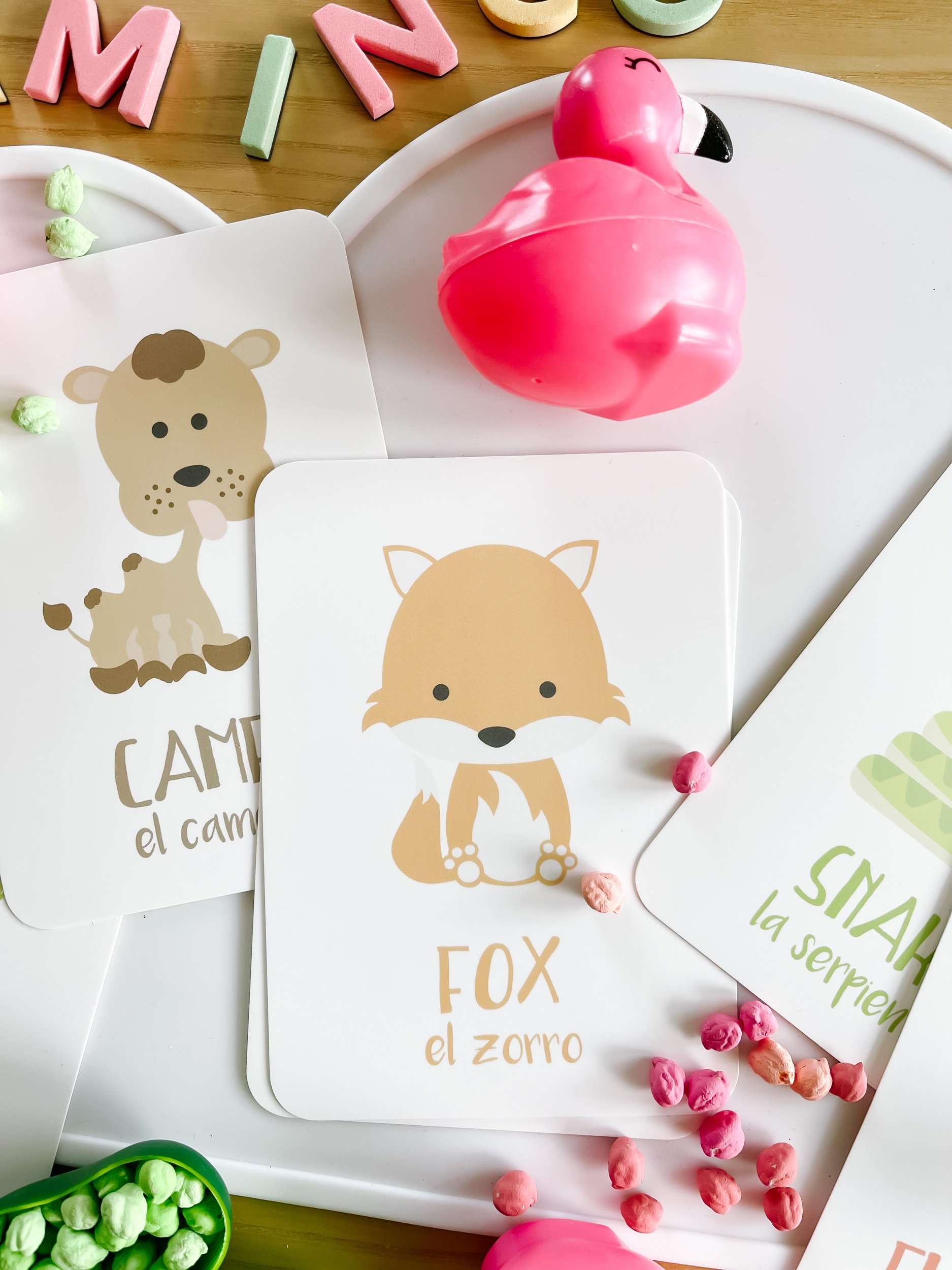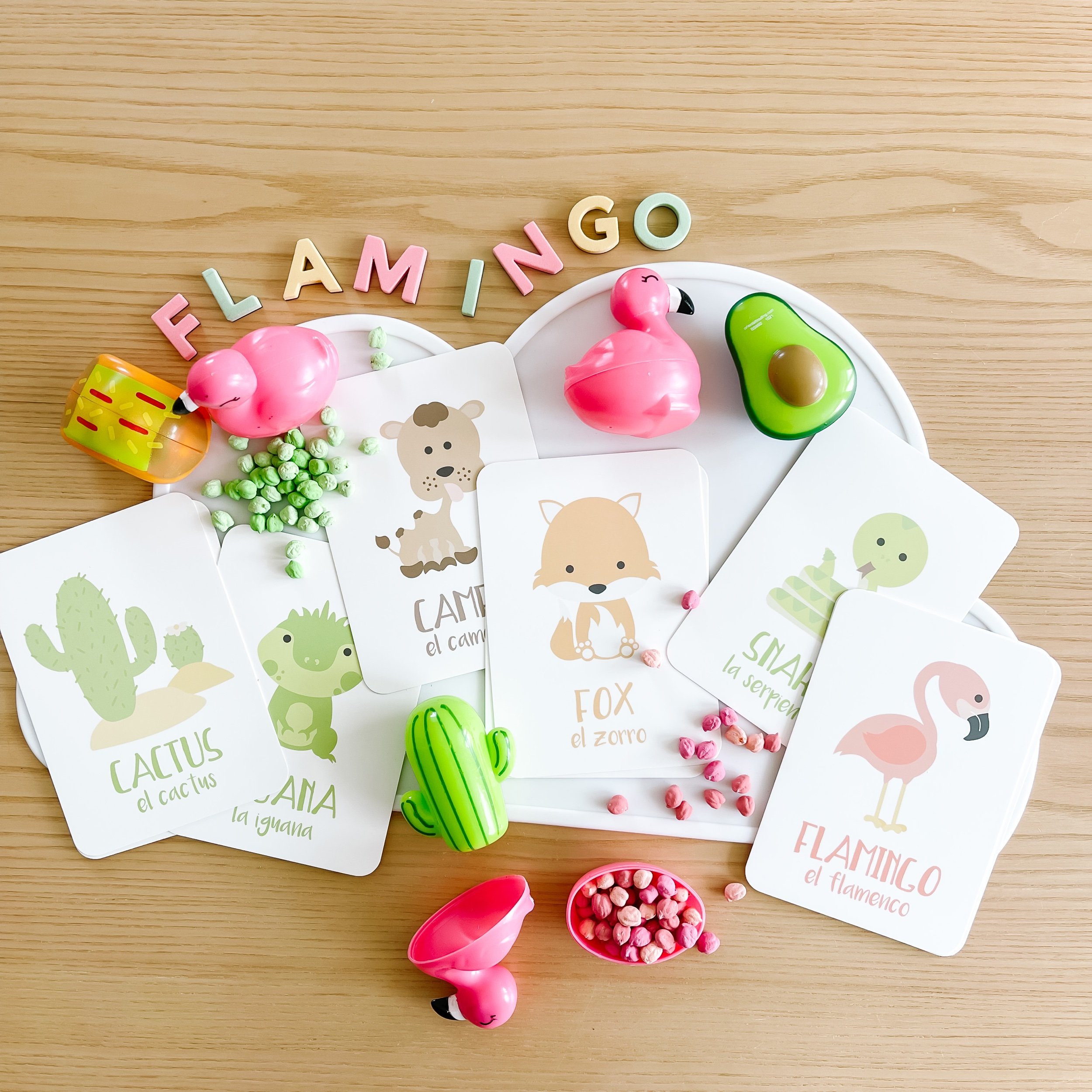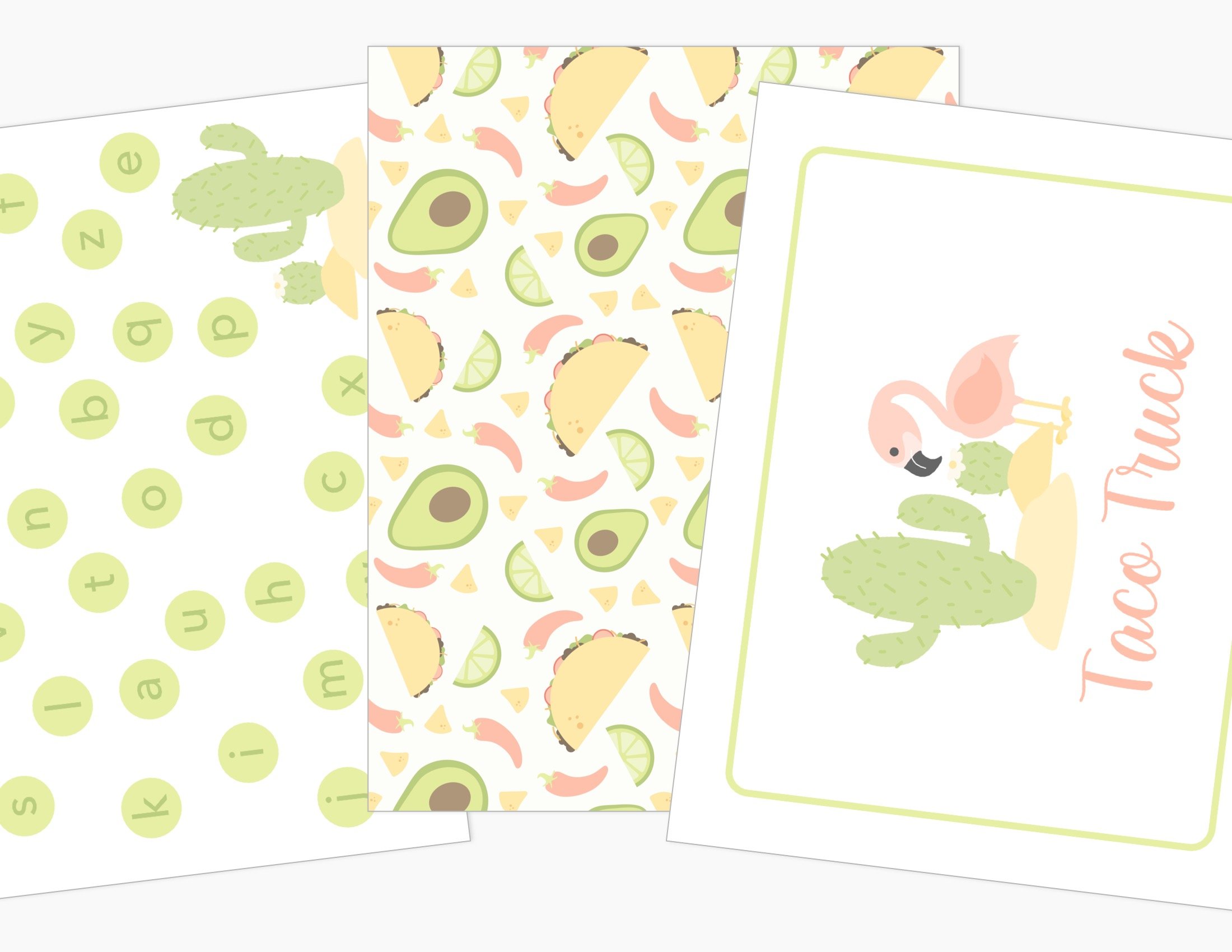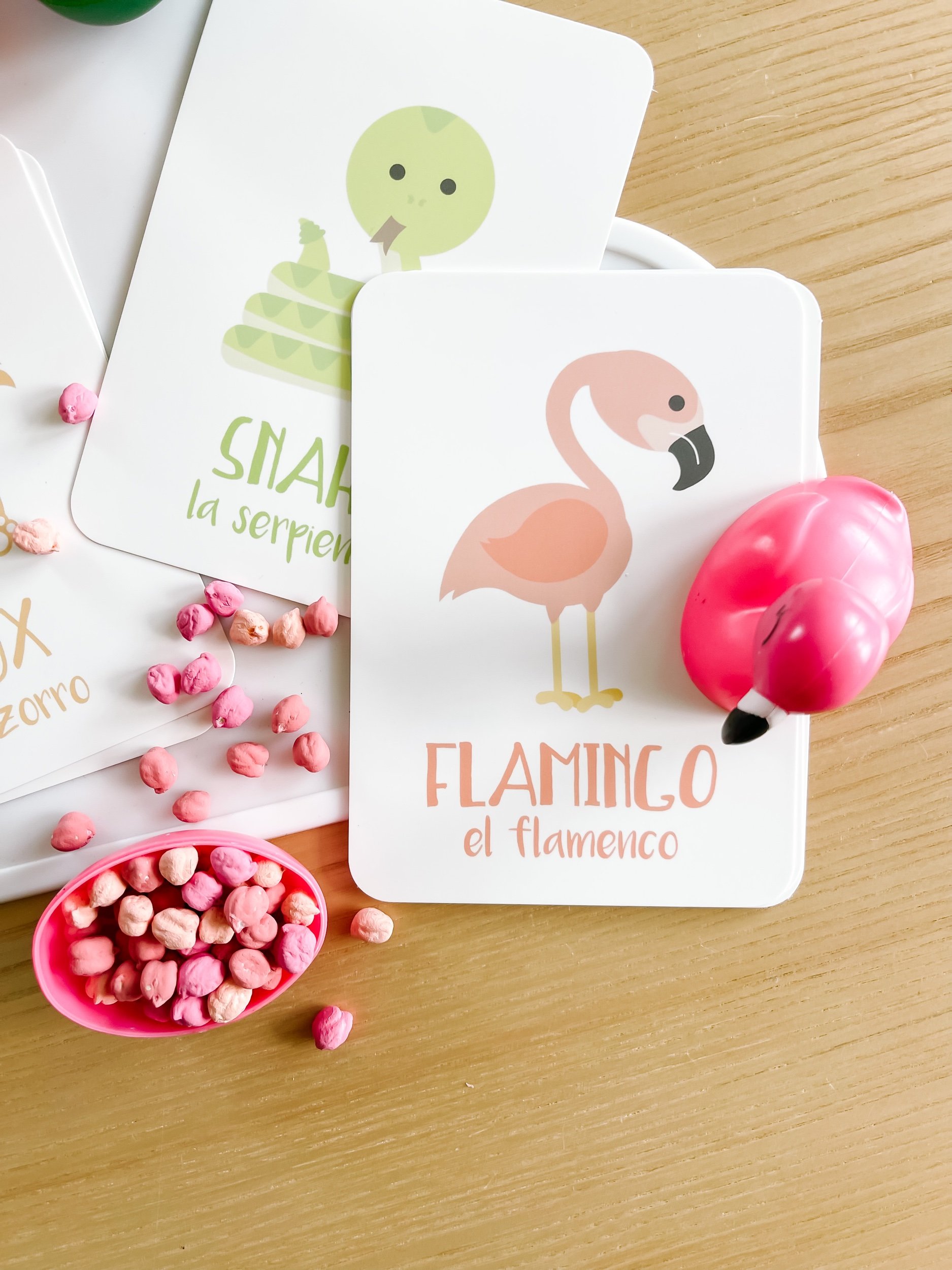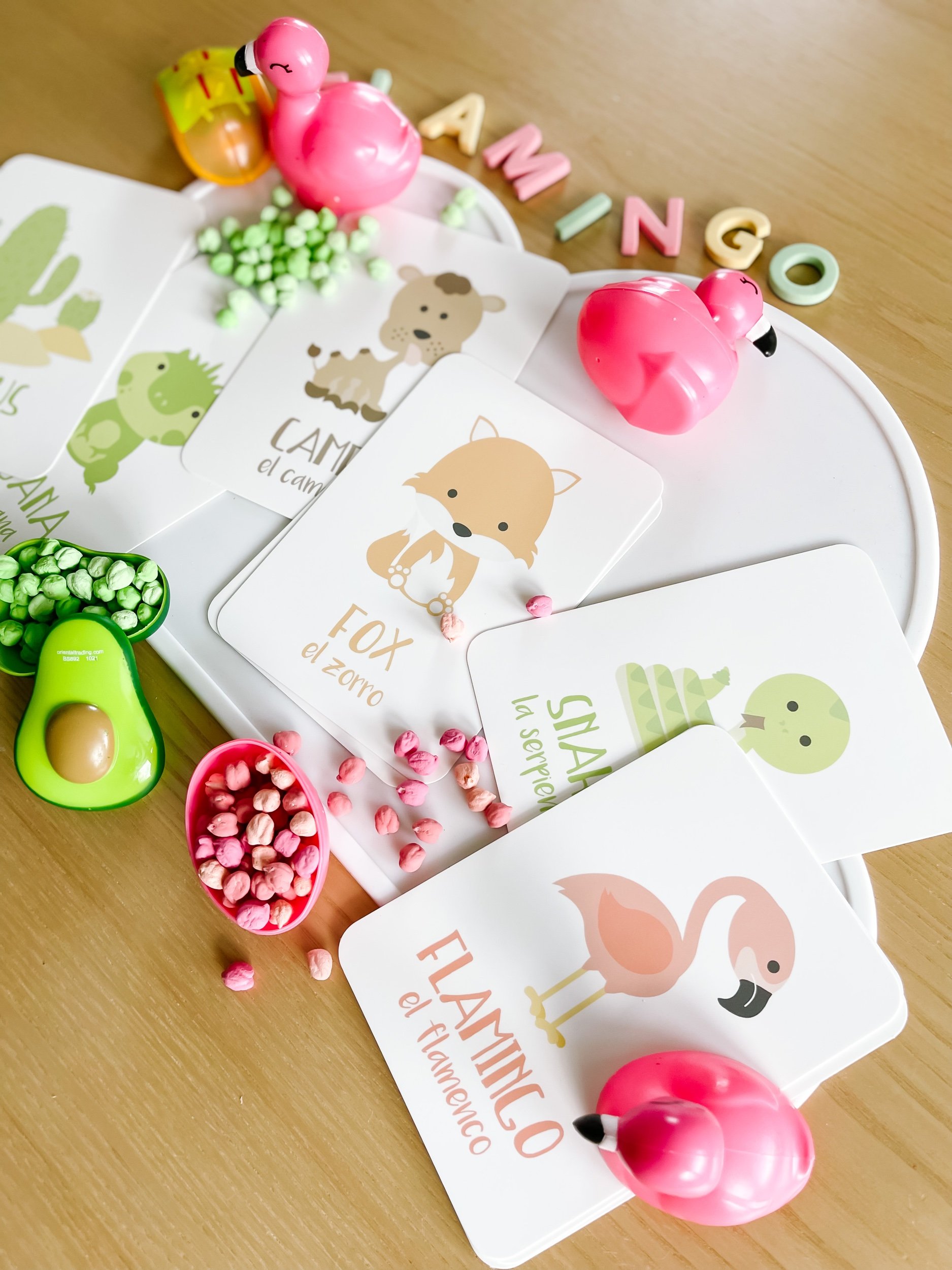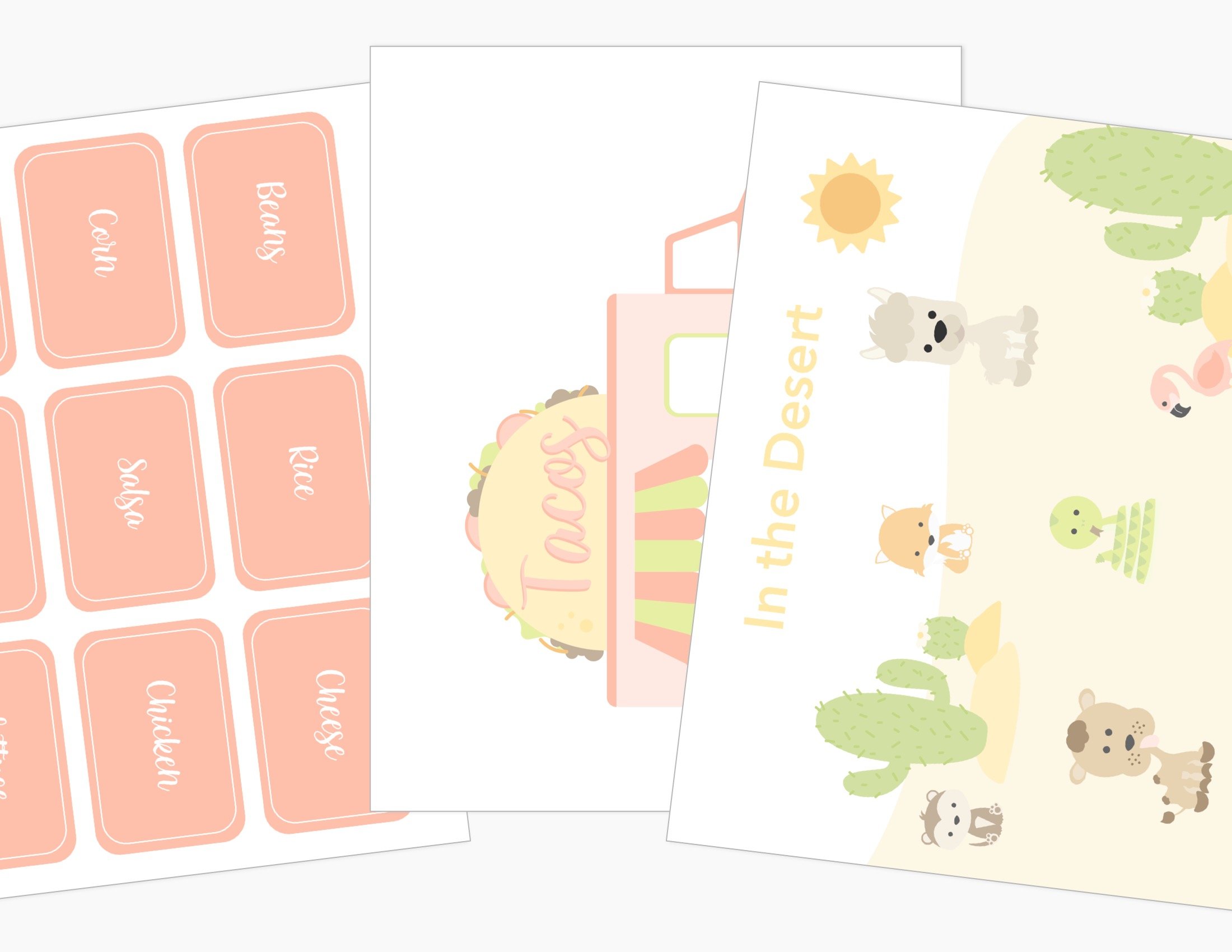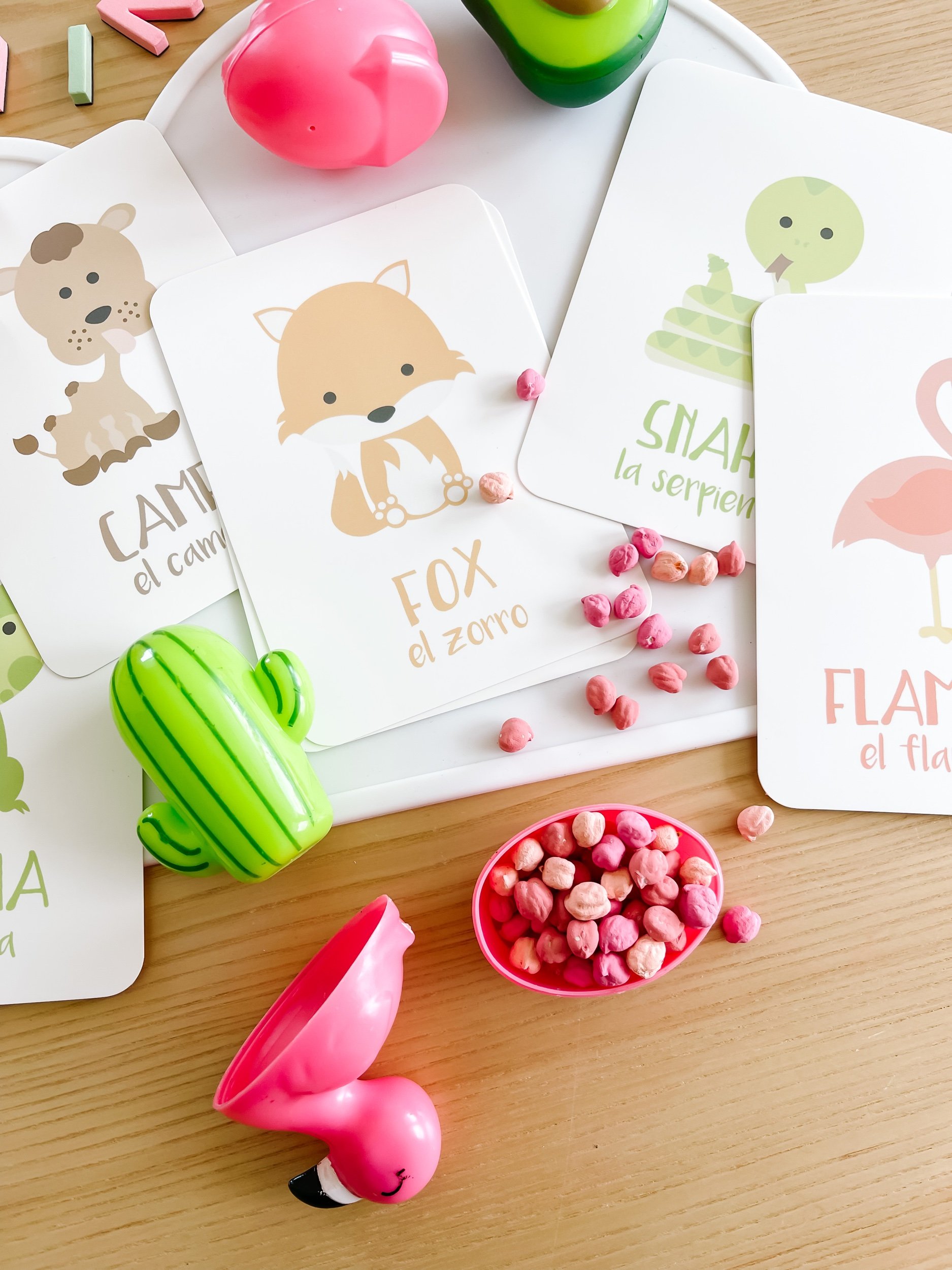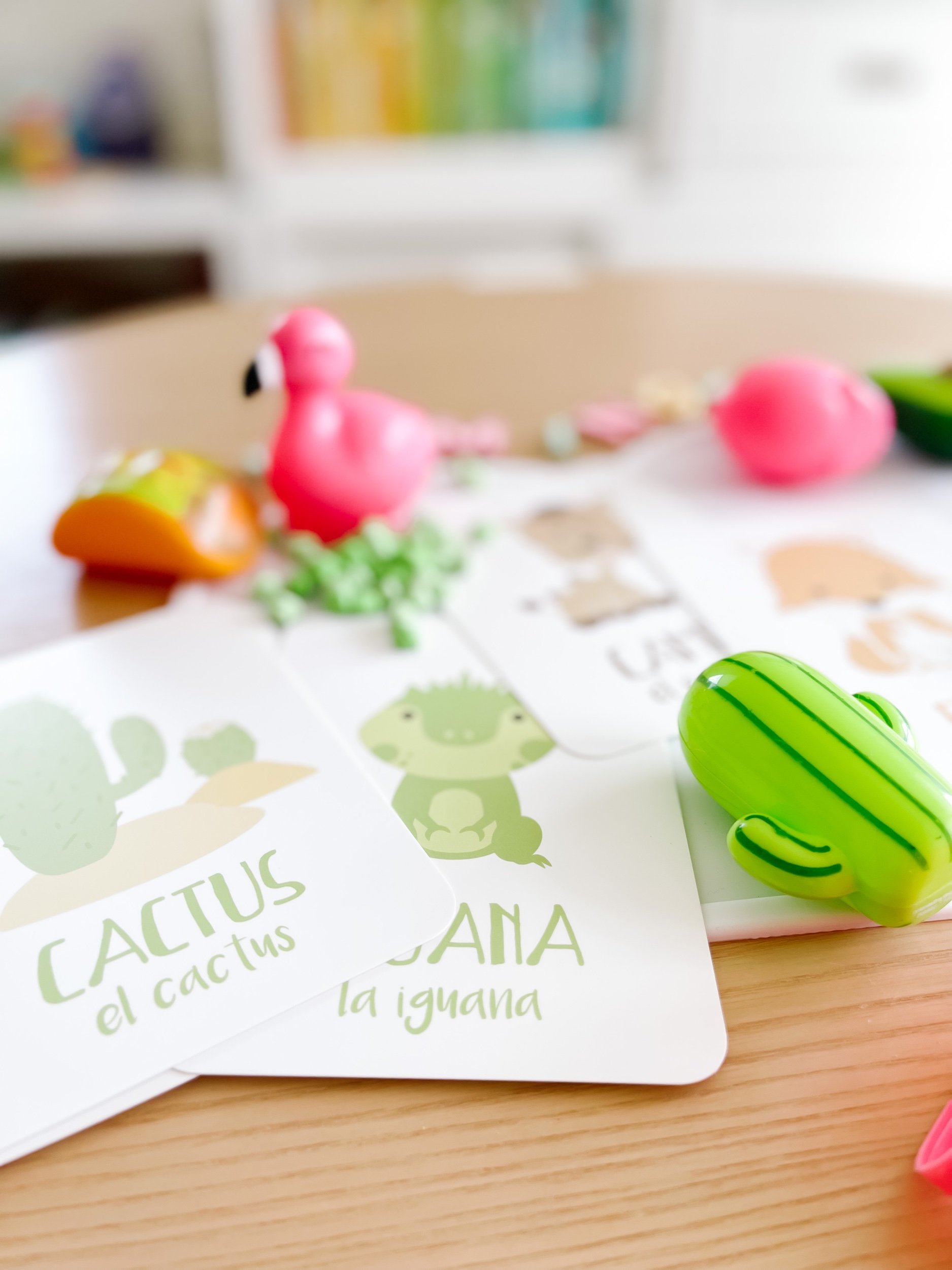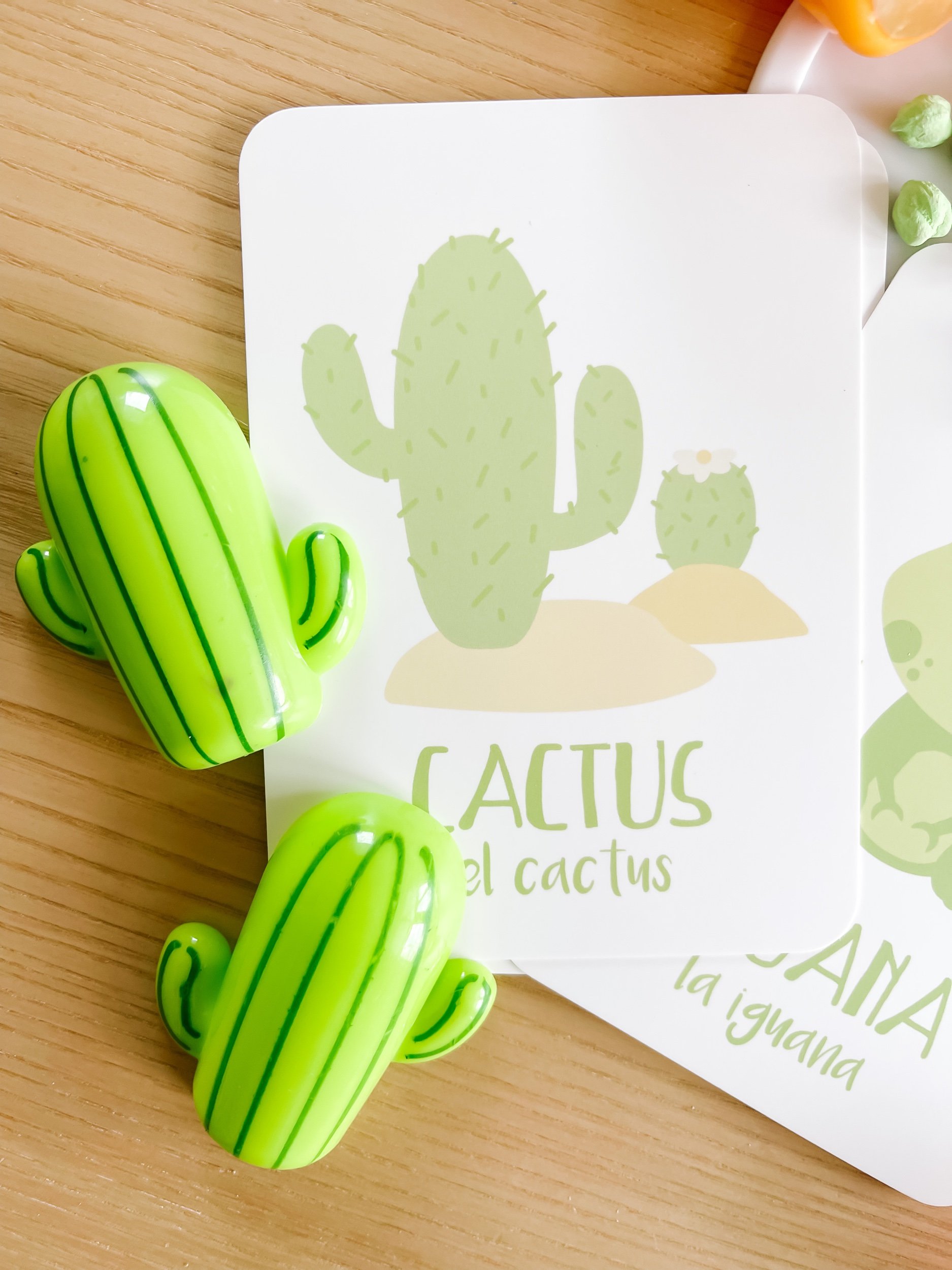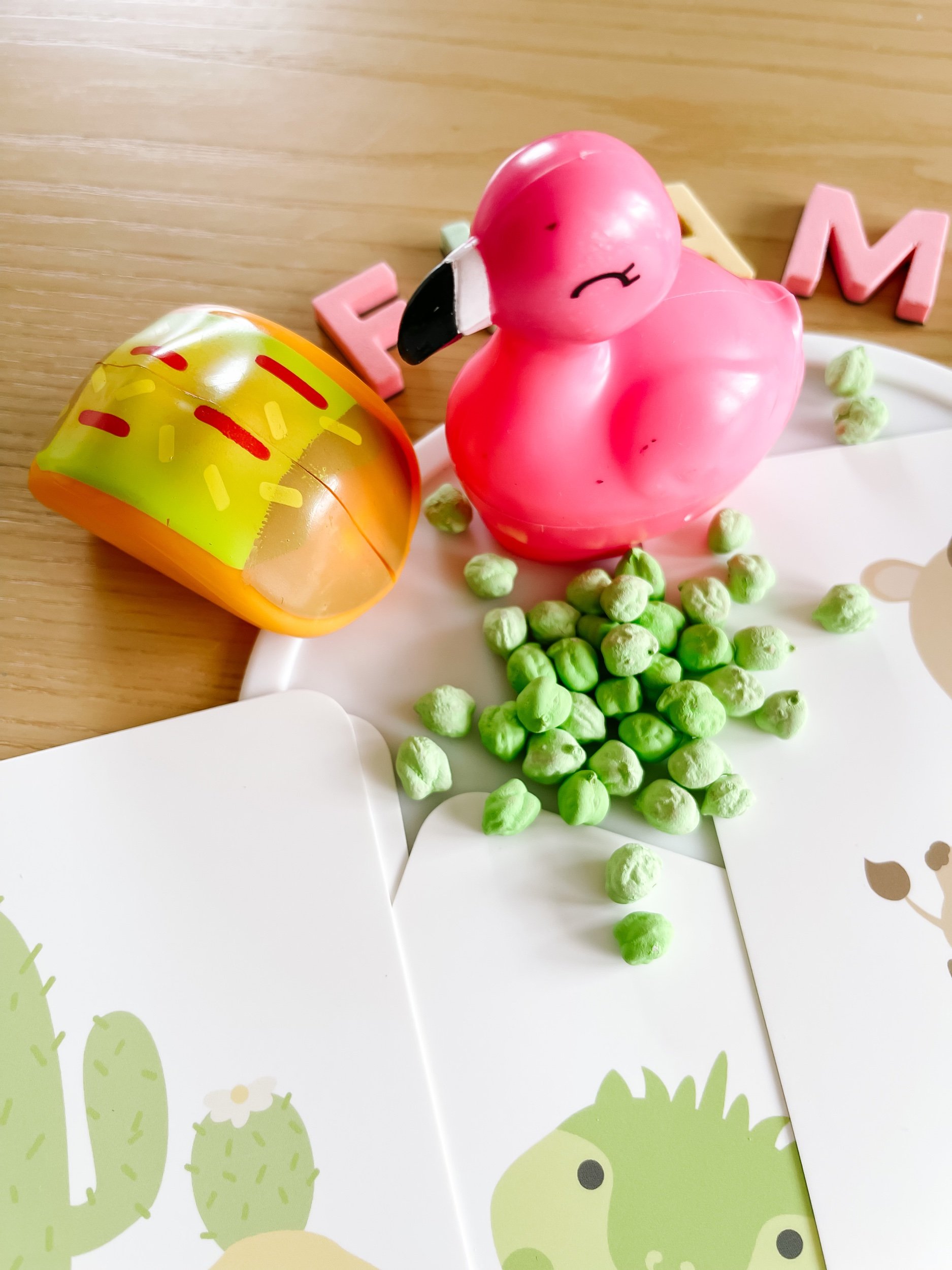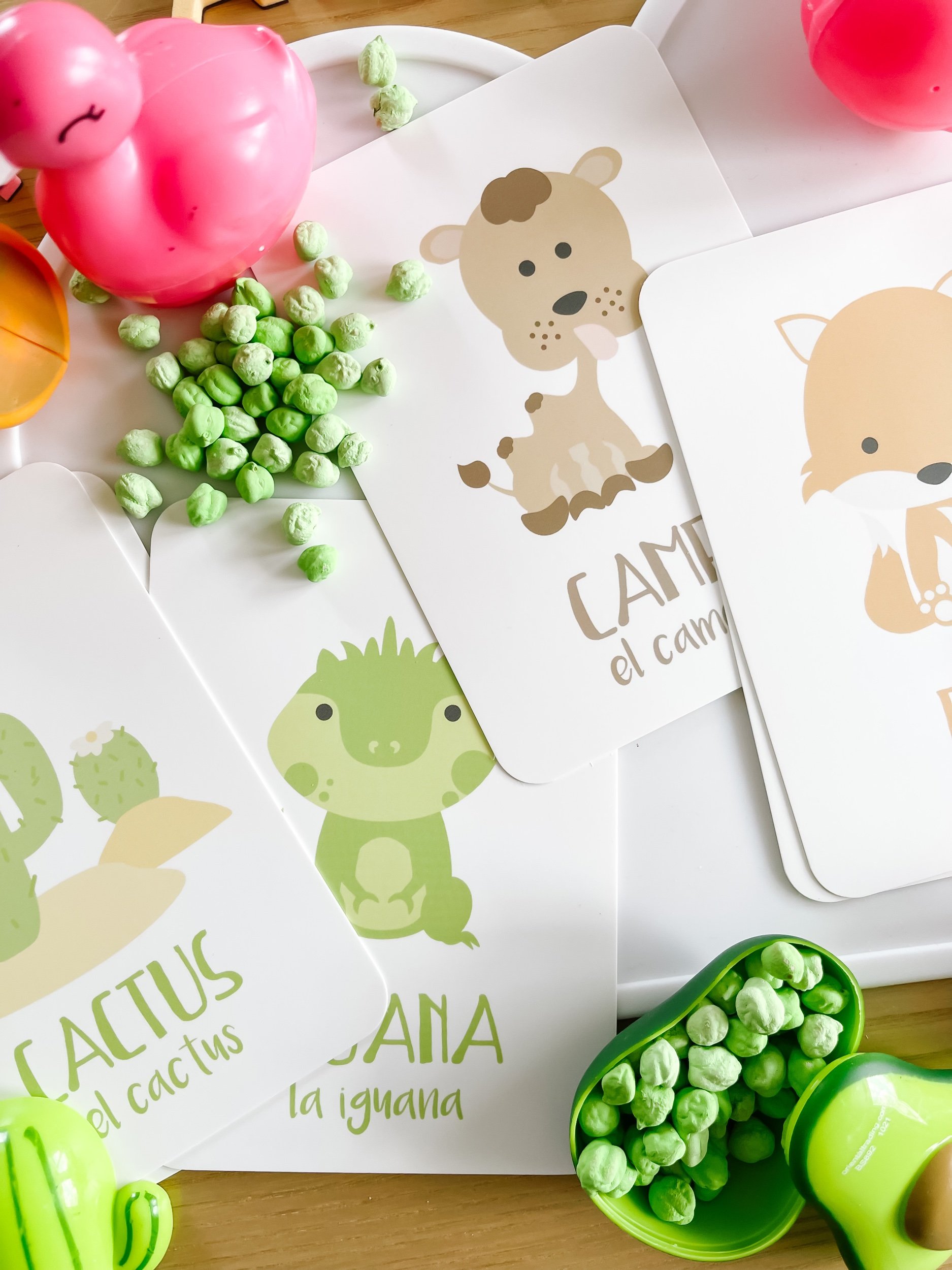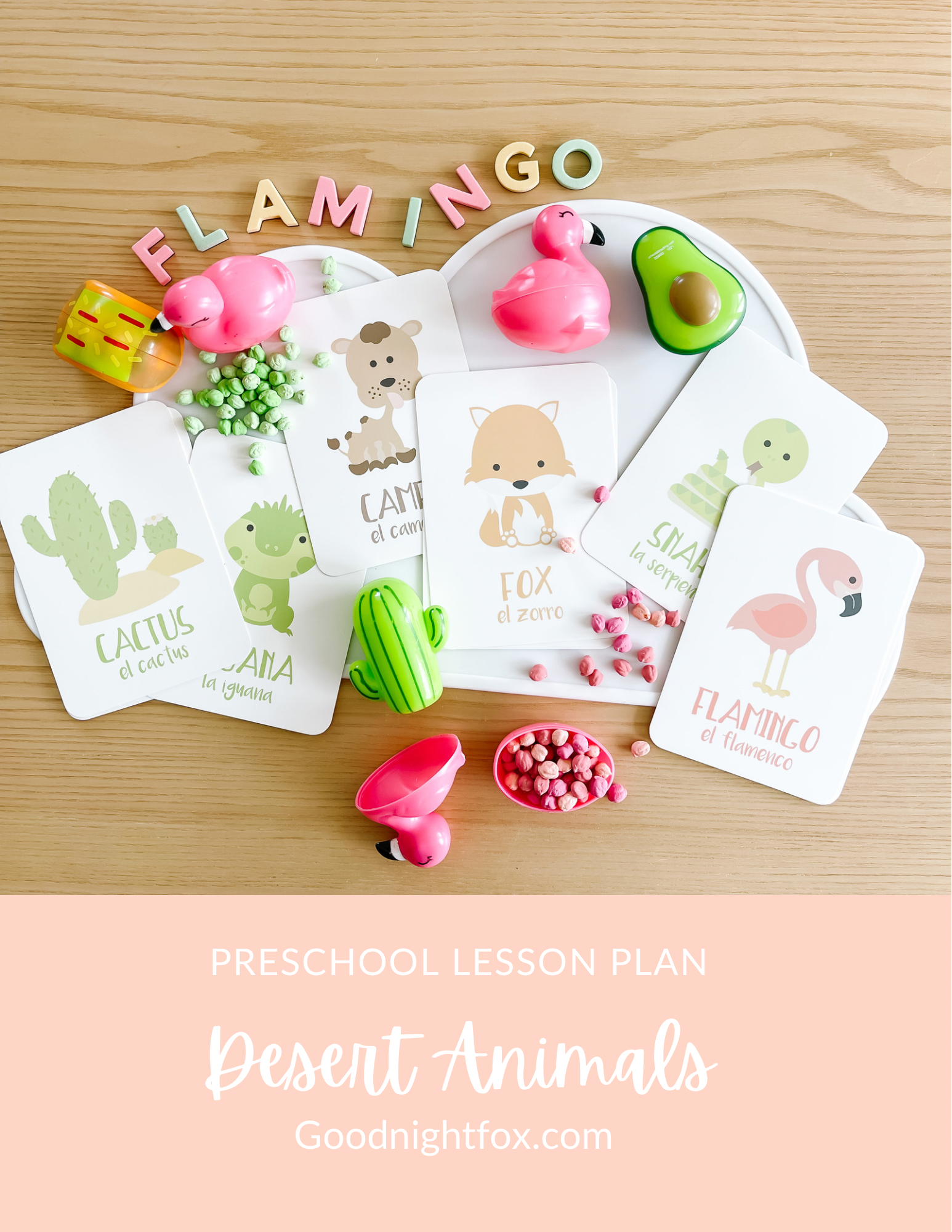Week-Long Lesson Plan: Desert Animals for Preschoolers
Day 1: Introduction to Deserts
Start the lesson by discussing what deserts are and where they are located in the world. Show pictures or videos of deserts to help preschoolers visualize the environment.
Introduce the concept of hot and dry climates in deserts, and explain how animals have adapted to survive in such conditions.
Show pictures or plush toys of common desert animals such as camels, snakes, and scorpions, and engage preschoolers in a discussion about what they know about these animals.
Day 2: Camels and Their Adaptations
Focus on camels as an iconic desert animal. Discuss the physical characteristics of camels, such as their humps, long legs, and wide feet.
Explain how camels have adapted to survive in the desert, including their ability to store water in their humps and withstand extreme temperatures.
Show pictures or videos of camels in their natural habitat, and encourage preschoolers to imitate their movements, such as walking with exaggerated long strides like camels.
Day 3: Snakes and Their Senses
Introduce snakes as another type of desert animal. Discuss their unique features such as their long bodies, forked tongues, and ability to slither.
Explain how snakes use their senses, such as their keen sense of smell and ability to detect vibrations, to hunt for food in the desert.
Show pictures or videos of different types of snakes found in deserts, and let preschoolers observe and discuss their characteristics.
Day 4: Scorpions and Their Defenses
Discuss scorpions as desert animals known for their unique appearance and venomous stingers.
Explain how scorpions use their stingers for defense and to capture prey in the harsh desert environment.
Show pictures or models of scorpions, and let preschoolers observe and discuss their physical characteristics and unique features.
Day 5: Recap and Review
Review the desert animals discussed throughout the week, including camels, snakes, and scorpions.
Engage preschoolers in a discussion about what they have learned, and encourage them to share their favorite facts or observations.
Use flashcards or visual aids to reinforce the learning, and play games or do activities related to desert animals, such as matching games or animal charades.
Day 6: Desert Animal Crafts
Provide preschoolers with materials to create their own desert animal crafts, such as paper plate camels, sock snakes, or paper bag scorpions.
Encourage creativity and imagination while making the crafts, and discuss the unique features of each animal as preschoolers work on their projects.
Display the completed crafts around the classroom or at home, and use them as visual aids for further discussions about desert animals.
Day 7: Flashcards for Fun Learning
Introduce desert animal flashcards as a visual aid to reinforce the learning from the previous days.
Use the flashcards to play interactive games, such as "Guess the Animal," "Name that Animal Sound," or "Match the Animal to its Adaptation."
Discuss the benefits of using flashcards as a learning tool, and highlight how they can help preschoolers remember the information about desert animals in a fun and engaging way.
Mention that you have desert animal flashcards available for purchase as a visual aid to continue the learning at home or in the classroom.
If you're looking for a fun and interactive way to teach preschoolers about desert animals, my desert animal flashcards are a perfect visual aid! These flashcards feature vibrant illustrations of camels, snakes, scorpions, and other desert animals, making learning about them engaging and exciting for young learners.

